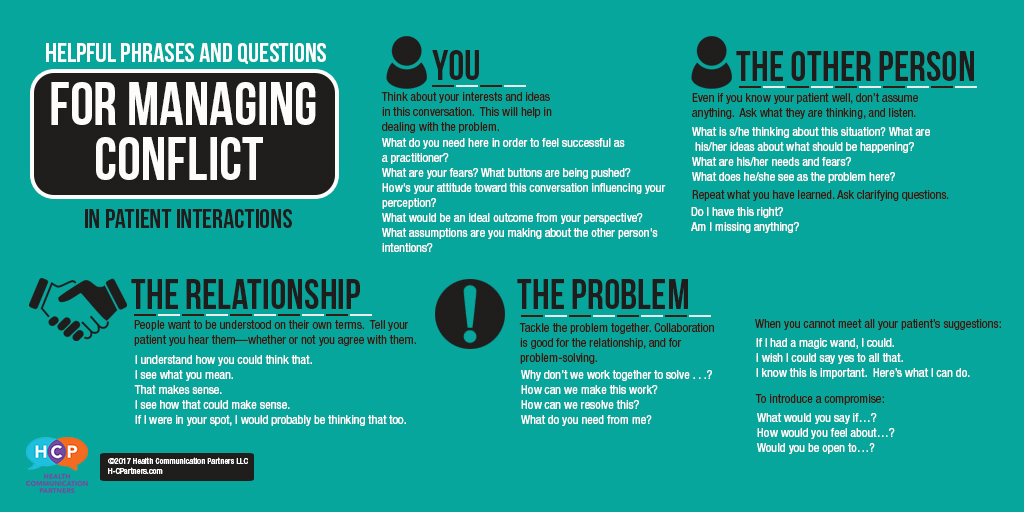This is a time for reflection and action. As individuals, and collectively in our organizations and institutions.
When it comes to thinking structurally, I invite you to acknowledge some of the often-invisible structures where you are.
Structures are all around. They hide in plain sight:
- Meetings are powerful structures (even video meetings). Standard operating procedures are structures.
- Professional groups are structures. Informal social groups are also structures.
- Laws are structures. Policies are structures.
- Conversations are structures. Written texts are structures.
The list can go on. I encourage you to question structures, processes, arrangements, and common practices wherever you are.
I challenge you to view those current arrangements not as given or natural, but as the result of human action, or inaction, and as politically and historically situated.
Let’s get to it.
Supporting reflection and action in the health sector
Micropolitical forces can help maintain the status quo in terms of what gets talked about, written about, taught, or funded. And what doesn’t.
Tackling some structural issues in interprofessional communication
Structural issues can get in the way of successful interprofessional communication. Here’s how to deal with them.
How to ditch the deficit perspective
Deficit views can be found in research, practice, and policy. Here’s how some deficit views show up in the health sector.
Heads up! Managing 3 key areas of concern in interprofessional communication
In this episode, you’ll learn about three levels of concern that can emerge during interprofessional communication – and what you can do to manage them.
Samantha Cinnick on challenges in team communication
Samantha Cinnick of the de Beaumont Foundation shares her experiences handling tricky team communication, in complex large-scale projects.
Infographic: Phrases for conflict resolution
When you start questioning taken-for-granted arrangements in your organization, sometimes things can get a little heated. This infographic “25 phrases for managing conflict” will help even the most tongue-tied of us speak diplomatically.






